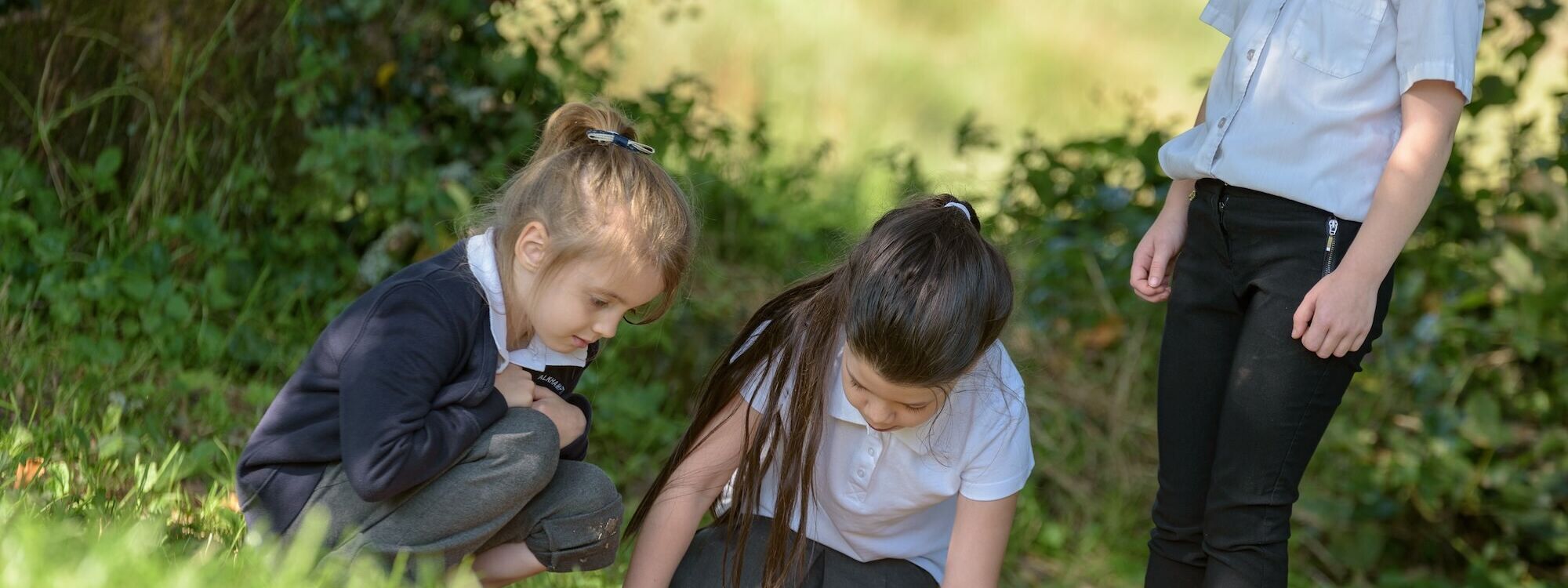Uniform
Principles
Our policy is based on the belief that school uniform: promotes a sense of pride and belonging in the school, is practical, suitable, and good value for money , makes children feel equal to one another in terms of appearance and identifies our children.
P.E. kit
Football strips are not acceptable for PE lessons. All PE kits should be free from any logo or brand name, apart from the school logo. T shirts should be plain white. PE Kit should be worn for after school sporting clubs.
When uniform is required
Children are required to wear the uniform to school at all times unless they are involved in grounds day or a recognised activity where other clothes would be more appropriate. All pupils must wear uniform when representing the school at events off school property. Children are at all times ambassadors for the school, and never more so than when on school trips. This also ensures they stand out and can be quickly counted. PE uniform will be worn when they are representing the school at inter-school sporting events.
All clothing should be clearly labelled with your child’s name. This is especially important, as uniform items look similar and can easily be confused for another child’s. The school cannot accept responsibility for any lost items
Jewellery and make-up
On health and safety grounds, we do not allow children to wear jewellery to school apart from watches. For pupils with pierced ears, small studs may be worn but your child needs to be able to remove them themselves for PE. Long hair is to be tied back for both boys and girls. This is for safety and also to discourage the spread of head lice. Children must not wear make-up or nail polish. We do not allow headwear to be worn during class time or inside school buildings, except for religious or medical reasons. We strongly discourage children having their hair artificially coloured/dyed unless it is for medical reasons.
The Role of Parents
We ask all parents who send their children to us to support the school uniform policy. We believe that parents have a duty to send their children correctly dressed and ready for work. One of the responsibilities of parents is to ensure that their child has the correct uniform, and that it is clean and in good repair.
Pupils not wearing school uniform
Headteacher will decide what is to be done if a pupil’s appearance is judged to be inappropriate. If any pupil arrives at school dressed inappropriately, they will either be asked to change what they are wearing or be given a shared-use uniform to wear for the rest of day. Headteacher is responsible for enforcing the uniform policy and has the full support of the governing body.
Shoes
The shoes children wear should be sensible for both learning and play time, so strapless shoes, flip-flops, brightly coloured and shoes with high heels are not allowed. Trainers can be worn at play times if considered appropriate but not in class. Plain black trainers may be deemed appropriate but must first be checked with the school. Children may wear slippers in class when it is considered appropriate such as in the Early Years and or if noise levels need to be reduced or carpets are new.
School Uniform Policy and the role of governors
If a parent/carer would like the school to modify the uniform policy, they should first speak to Headteacher. The school welcomes children from all backgrounds and faith communities. The governing body implements the school uniform policy. It works with the Headteacher to ensure that the policy is implemented fairly and with sensitivity. It is the responsibility of the governors to ensure that the school uniform meets all regulations concerning equal opportunities. Governors ensure that the school uniform policy helps children to dress sensibly, in clothing that is hard wearing, safe and practical.
